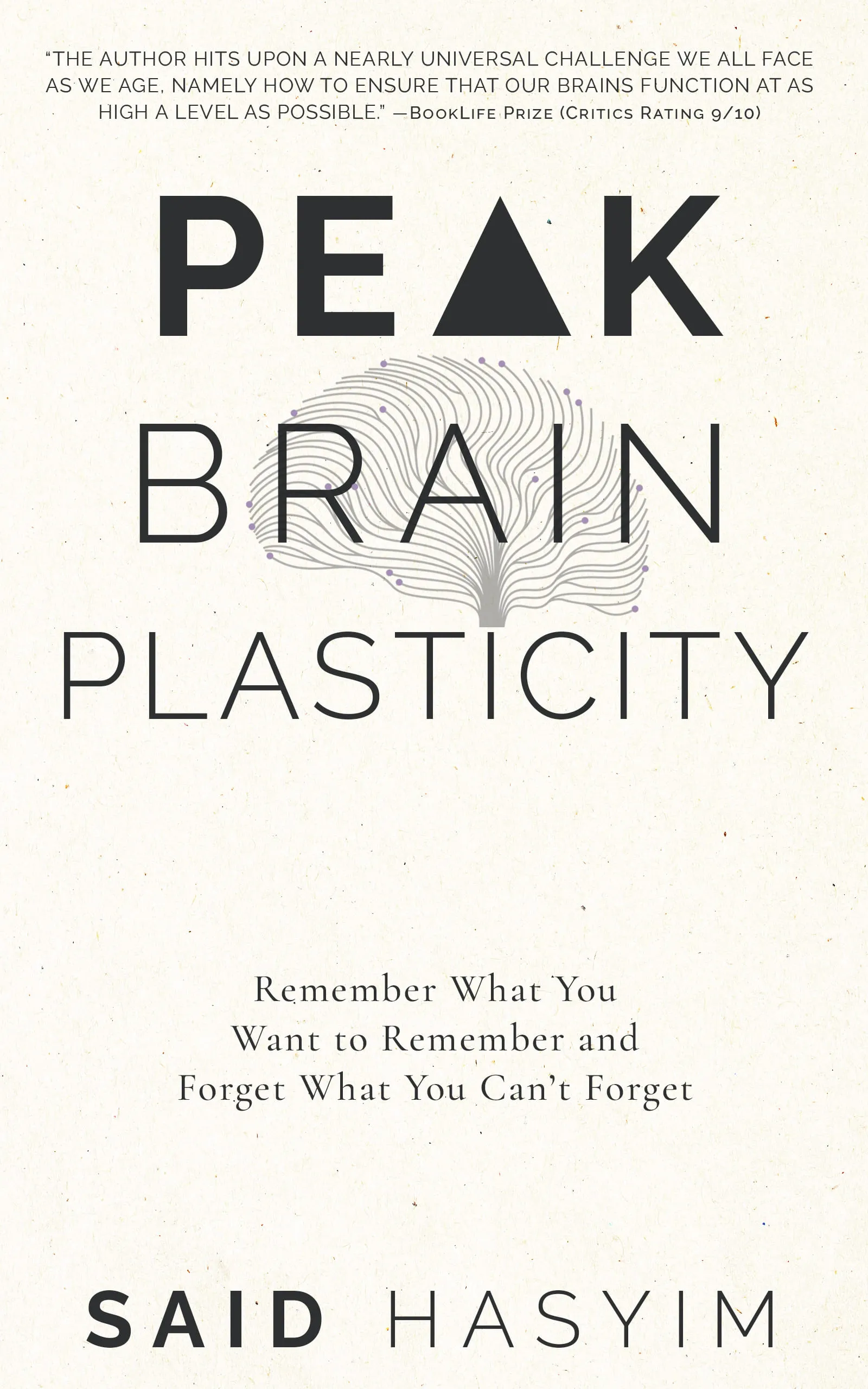How Colors Affect Your Memory Retention
Memory retention is a critical aspect of our cognitive abilities, and it significantly influences how we learn and recall information. One often overlooked factor that can enhance or impede memory retention is color. The psychological impact of colors on our emotions and behavior has been studied for decades, and researchers agree that colors can play a vital role in improving memory performance. In this blog post, we will delve into the science behind how colors affect memory retention and provide practical tips for leveraging this knowledge in learning environments.
The Science of Color and Memory
Psychological Effects of Colors
Colors are not just mere visual stimuli; they evoke emotional responses that can significantly impact cognitive functions, including memory. Here are some key colors and their associated psychological effects:
Red: Often associated with energy, passion, and urgency, red can be very attention-grabbing. It has been shown that exposure to red can enhance attention to detail, making it useful for tasks requiring precision.
Blue: This calming color promotes a sense of tranquility and trust. Studies suggest that blue can enhance creativity and facilitate a relaxed learning environment, which can improve memory retention over time.
Green: Symbolizing nature and growth, green is often perceived as a refreshing and calming color. Research indicates that exposure to green can boost performance in creative tasks and improve long-term memory retention.
Yellow: Bright and cheerful, yellow is said to stimulate mental activity and foster enthusiasm. However, it can also be overpowering in large doses, so its use should be balanced.
Orange: This energetic color can stimulate mental activity and increase motivation, making it a great color for environments where learning and engagement are essential.
Research Findings
Numerous studies have explored the relationship between color and memory retention. One notable study found that participants exposed to color cues were more likely to remember associated information compared to those exposed to black and white visuals. The researchers concluded that color enhances memory by capturing attention and creating emotional connections with the material.
Furthermore, a study published in the journal American Psychological Association indicated that colors can influence our recall of specific details. For example, words printed in red ink were better remembered than the same words printed in black, showcasing the significance of color in cognitive processes.
The Mechanism Behind Color and Memory
The mechanisms through which colors affect memory retention primarily involve brain functioning and emotional processing. When we see colors, our brains process them through the occipital lobe and link them with associated emotions. This connection between visual stimuli and emotional responses can create stronger memories due to the amygdala's role in emotional memory formation.
Attention and Arousal
Colors also help regulate attention and arousal levels. Warmer colors, like red and yellow, can heighten arousal and energy, while cooler colors, like blue and green, can induce calmness and relaxation. Depending on the learning task, different colors may be more effective in either engaging learners or promoting a serene environment conducive to memory retention.
Strategies to Use Color Effectively
Understanding how colors impact memory retention is essential for students, educators, and anyone involved in learning. Here are some practical strategies to harness the power of color for better memory retention:
1. Color-Coded Notes
When taking notes, consider using different colors for different topics or types of information. For example, use blue ink for definitions, red for critical points, and green for examples. This visual differentiation can help your brain categorize and retrieve information more effectively.
2. Environment Design
Create a study or learning environment that utilizes colors strategically. Use calming colors like blue and green for areas where deep focus is required, and incorporate energizing colors like yellow or orange in spaces designed for brainstorming or active learning.
3. Visual Aids
Incorporate colorful visuals in presentations, flashcards, and study materials. Not only do they make learning more engaging, but they also create visual anchors that can enhance recall during exams or discussions.
4. Mind Mapping
When creating mind maps, use different colors to represent various branches or ideas. This approach stimulates visual memory and helps you make connections between concepts.
5. Emotional Engagement
When learning new information, try to associate it with emotional experiences or concepts tied to specific colors. For example, if you are learning about environmental issues, relate the topic to the color green, which represents nature and growth.
6. Colorful Outcomes
Before starting a study session, visualize your goals and desired outcomes in relation to colors. Envisioning the success of your efforts in vibrant colors can motivate you and enhance your memory retention related to the task.
Conclusion
Colors play a significant role in shaping our emotions and cognitive functions. From enhancing attention to creating emotional connections with material, color can be a powerful tool in improving memory retention. By understanding the psychological impacts of various colors and strategically incorporating them into our learning environments, we can optimize our cognitive efforts and boost our ability to remember information.
Whether you're a student preparing for exams, an educator designing a curriculum, or a lifelong learner seeking to retain information more effectively, understanding how colors affect memory retention is an invaluable piece of knowledge. Start experimenting with colors in your study habits and educational settings, and you may find that a simple change in hue can lead to a profound improvement in your ability to remember and recall information. Happy learning!
Harness the Power of Neuroplasticity
Discover Peak Brain Plasticity, a practical book to harnessing neuroplasticity. Enhance your memory, learn new languages quickly, and alleviate anxiety with effective study methods. Uncover daily habits that impact cognitive health and explore techniques for accelerated learning and memory retention. Unlock your brain's potential for growth and transformation.
